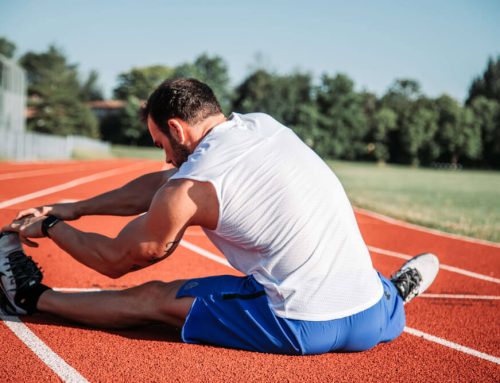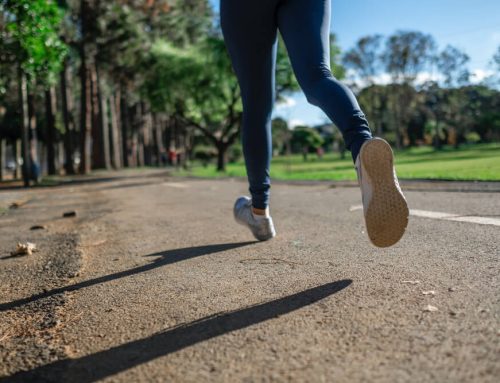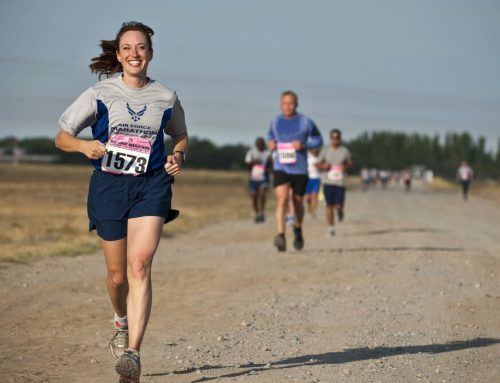As a runner, stretching should be an essential part of your routine. Not only can stretching help prevent injury, but it can also improve your flexibility and overall performance.
Stretching helps to improve the elasticity of your muscles, allowing them to move more freely and with less resistance. This can help you run more efficiently and with less risk of injury. Additionally, stretching can help to increase blood flow to your muscles, reducing soreness and stiffness after a run.
Types of Stretches
There are several different types of stretches that runners can incorporate into their routine, including dynamic stretches, static stretches, and active stretches.
Dynamic stretches involve movement and are typically done before a run to warm up your muscles. Examples include leg swings and walking lunges.
Static stretches are held for a period of time and are typically done after a run as part of a cool-down routine. Examples include seated hamstring stretches and standing calf stretches
Active stretches are similar to dynamic stretches but involve actively holding a stretch for a brief period. Examples include high knees and butt kicks.
Pre-Run Stretches
Before heading out for a run, it’s important to warm up your muscles to prevent injury. A warm-up routine should include dynamic stretches and exercises such as jogging in place and high knees.
Dynamic stretches that are particularly effective for runners include leg swings, walking lunges, and high knees.
Post-Run Stretches
After a run, it’s important to cool down and stretch your muscles to help reduce soreness and stiffness. A cool-down routine should include static stretches such as seated hamstring stretches, standing calf stretches, and hip flexor stretches.
Best Stretches for Runners
Some of the best stretches for runners include hamstring stretches, quadriceps stretches, calf stretches, IT band stretches, and glute stretches. Each of these stretches targets a different area of the body commonly used during running.
Importance of Flexibility
Flexibility is important for runners as it allows for a greater range of motion and can improve overall performance. Regular stretching can help to improve flexibility over time.
To improve flexibility, incorporate stretching into your routine on a regular basis and consider other forms of exercise such as yoga and Pilates.
Prevent Injury Conclusion
In conclusion, stretching is an important part of any runner’s routine. Incorporating dynamic stretches before a run and static stretches after a run can help to prevent injuries and reduce soreness. Additionally, improving flexibility through regular stretching can lead to improved overall performance.
For further help in your running journey see our Training Plans and Training Sessions.
If you like our brand and would like to support us see our Shop.






